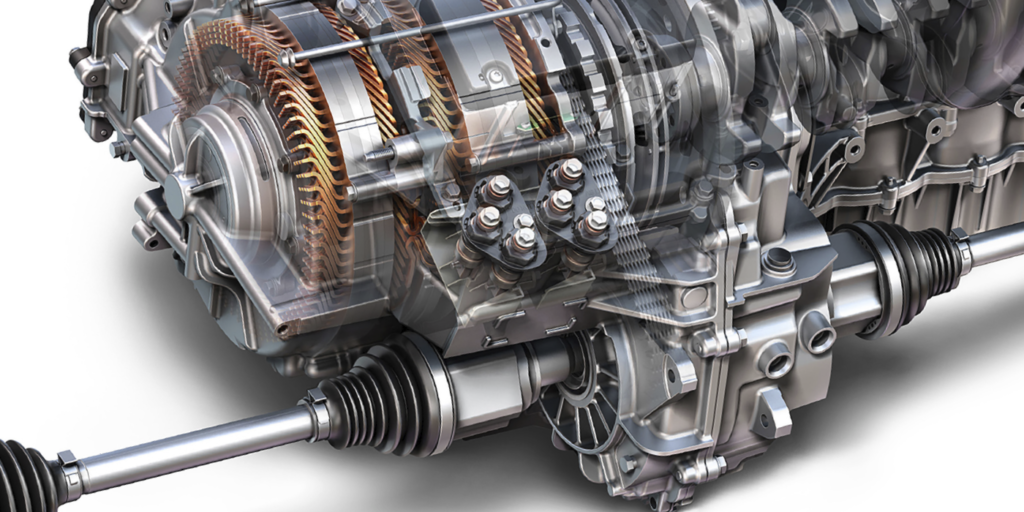6)Tech Tip: Subaru Error Code Displayed in Odometer
Even though 2005-2006 Legacy and Outback models are not equipped with TPMS (Tire Pressure Monitoring System), they still have the TPMS wiring harness and R211 connector. The wiring harness and connector are located on the driver’s side, under the floor mat.
If the connector comes in contact with moisture and corrosion forms, the BIU (Body Integrated Unit) may judge a speed pulse malfunction and, in turn, display error code “Er SP.” To correct this condition, refer to the repair procedure listed.
Countermeasure In Production:
The R211 wiring harness and connector was eliminated on 2006 Legacy and Outback vehicles, with the exception to 3.0 H-6 Models, starting in Dec. 2005.
Repair Procedure:
- Record radio stations.
- Disconnect the negative battery terminal.
- Remove the driver’s-side sill plate.
- Remove the floor mat.
- Remove the driver’s side seat (refer to the applicable Subaru Service Manual).
- Move the carpet out of the way to gain access to the wiring harness and connector.
- Locate the TPMS wiring harness and R211 connector (white, 12 pin).
- Turn the wiring harness insulation back by 2” (50 mm) at the R211 connector and cut it off.
- Cut the eight wires as closely as possible to the R211 connector.
- Wrap each wire with electrical tape at least two times, making sure to protect each wire from shorting or grounding.
- Wrap all of the wires with electrical tape to the harness.
- Secure the TPMS wiring harness to the harness that runs vertically to the cross member.
- Reposition the carpet.
- Install driver’s side sill plate.
- Reinstall driver’s-side seat (refer to the applicable Subaru Service Manual).
- Install the floor mat.
- Connect the negative battery terminal.
- Reset the radio stations and clock.
Courtesy of ALLDATA.
For additional information, visit www.alldata.com.














